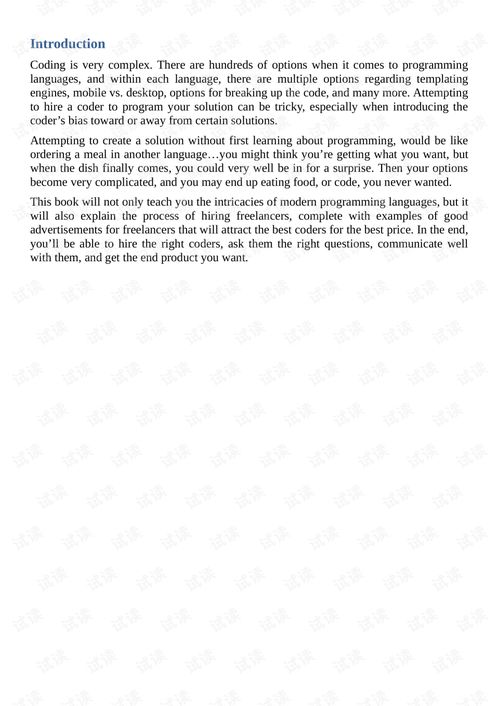
Content:
In the serene and winding paths of a stream, the sight of a massive fish gracefully gliding through the crystal-clear waters is a sight to behold. For anglers who dream of reeling in these behemoths, mastering the art of catching giant fish in a stream is not just a challenge but a rewarding experience. Here, we delve into the essential techniques that can help you hook a big one in the tranquil waters of a stream.
Understanding Stream Dynamics
Before you can begin your quest for the giant fish, it's crucial to understand the dynamics of the stream. Streams are unique ecosystems that offer a different set of challenges compared to still waters. Here are some key points to consider:
- Currents: Streams have currents that can be swift or gentle. Understanding the flow is essential to predict where the fish might be and how they move through the water.
- Cover: Look for areas with cover such as rocks, logs, and vegetation. These areas provide protection and are often favored by large fish.
- Structure: Streams often have different types of structure, such as deep holes, shallow runs, and riffles. Each structure offers different opportunities for fishing.
Choosing the Right Gear
The gear you choose can significantly impact your success. Here's what you should consider:
- Rod and Reel: A strong, durable rod with a fast action is ideal for fighting the powerful struggles of a large fish. A quality reel with a smooth drag system is essential to handle the fight without breaking the line.
- Line: Use a line that is strong enough to withstand the strain of a large fish. Monofilament, fluorocarbon, or braided line can be used, depending on the conditions and the type of fish you're targeting.
- Hook: Choose a hook that is appropriate for the size of the fish and the bait you're using. Larger hooks are generally better for giant fish.
Bait and Lures
The choice of bait or lure can be the deciding factor in catching a giant fish. Here are some options:
- Natural Bait: Live bait like worms, minnows, or leeches can be highly effective. They mimic the natural prey of the fish and are often irresistible.
- Artificial Lures: Soft plastics, spinnerbaits, and streamers can be deadly when used correctly. The key is to match the size and action of the lure to the fish you're targeting.
- Flavor: Adding a bit of scent to your bait or lure can sometimes make the difference. Many anglers swear by using attractants like garlic or anise oil.
Techniques for Casting and Presenting
Casting and presenting your bait or lure correctly is crucial for success. Here are some tips:
- Casting: Cast upstream and let the current carry your lure or bait to the fish. Avoid casting directly into the stream, as this can spook the fish.
- Presentation: The way you present your bait or lure can trigger a strike. Slow and subtle movements often work best for giant fish.
- Patience: Wait for the fish to come to you. Large fish are often cautious and may take time to investigate your offering.
Fighting the Fish
When you hook a giant fish, the fight can be intense. Here's how to handle it:
- Control: Keep your rod tip low and maintain a steady pressure on the fish. Avoid sudden movements or jerks, as this can cause the fish to break free.
- Guidelines: If possible, follow the fish downstream and let the current help you. Avoid fighting the fish upstream, as this can tire you out quickly.
- Safety: Always be aware of your surroundings. A large fish can be unpredictable and may cause you to lose your balance.
Conclusion
Catching giant fish in a stream is a skill that requires patience, knowledge, and practice. By understanding the dynamics of the stream, choosing the right gear, using effective techniques, and being prepared for the fight, you can increase your chances of landing a trophy fish. Remember, the thrill of the chase and the satisfaction of the catch are rewards that make the effort worthwhile. Happy fishing!












